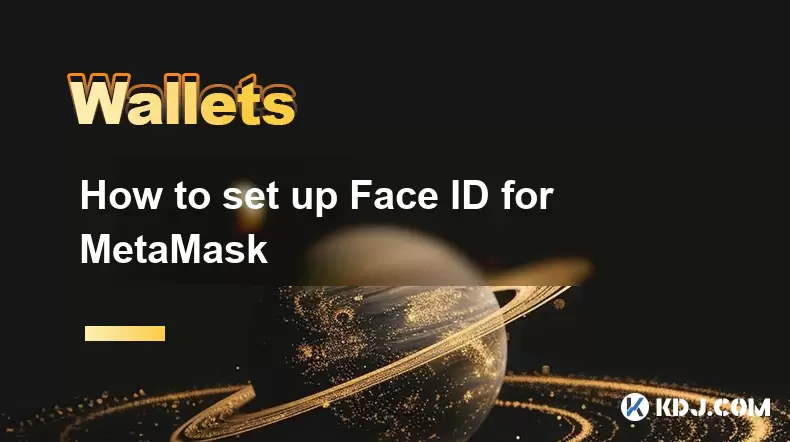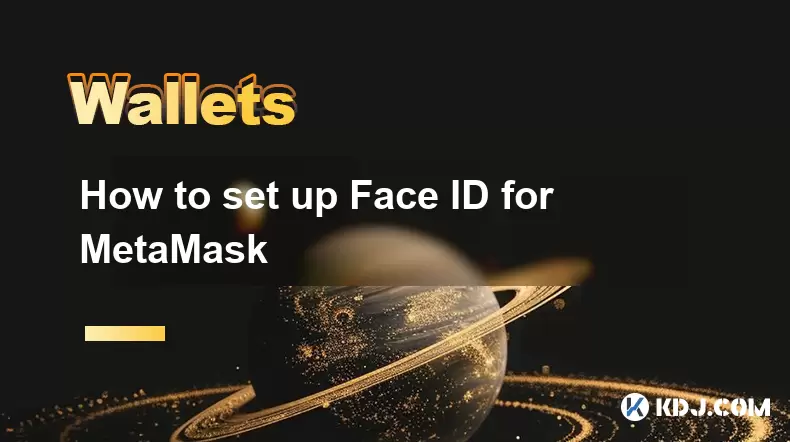-
 Bitcoin
Bitcoin $119000
-2.21% -
 Ethereum
Ethereum $4315
1.01% -
 XRP
XRP $3.151
-3.11% -
 Tether USDt
Tether USDt $0.0000
0.00% -
 BNB
BNB $808.5
-0.71% -
 Solana
Solana $175.8
-4.21% -
 USDC
USDC $0.9999
0.00% -
 Dogecoin
Dogecoin $0.2250
-3.92% -
 TRON
TRON $0.3469
1.77% -
 Cardano
Cardano $0.7818
-3.81% -
 Chainlink
Chainlink $21.47
-2.10% -
 Hyperliquid
Hyperliquid $43.30
-6.81% -
 Stellar
Stellar $0.4370
-2.84% -
 Sui
Sui $3.682
-4.40% -
 Bitcoin Cash
Bitcoin Cash $590.8
2.67% -
 Hedera
Hedera $0.2484
-5.20% -
 Ethena USDe
Ethena USDe $1.001
0.00% -
 Avalanche
Avalanche $23.10
-4.29% -
 Litecoin
Litecoin $119.2
-3.96% -
 Toncoin
Toncoin $3.409
0.90% -
 UNUS SED LEO
UNUS SED LEO $9.016
-1.29% -
 Shiba Inu
Shiba Inu $0.00001304
-3.82% -
 Uniswap
Uniswap $11.18
1.33% -
 Polkadot
Polkadot $3.913
-3.51% -
 Cronos
Cronos $0.1672
-3.08% -
 Dai
Dai $1.000
0.02% -
 Ethena
Ethena $0.7899
-4.70% -
 Bitget Token
Bitget Token $4.400
-1.23% -
 Pepe
Pepe $0.00001132
-5.93% -
 Monero
Monero $257.9
-6.44%
How do I export my Ledger Nano X public key?
Your private key is secret and grants access to your crypto, while your public key, like a bank account number, can be shared to receive funds safely.
Mar 28, 2025 at 02:28 pm

Understanding Public and Private Keys in Crypto
Before we delve into exporting your Ledger Nano X public key, it's crucial to understand the fundamental difference between public and private keys. Your private key is like your bank's vault combination – it's absolutely secret and grants you sole access to your cryptocurrency. Sharing it compromises your funds entirely. Conversely, your public key is like your bank account number; you can share it freely to receive funds. It cannot be used to spend your cryptocurrency.
Why You Need Your Public Key
You primarily need your public key to receive cryptocurrency. When someone sends you funds, they use your public key to encrypt the transaction, ensuring only you, with your corresponding private key, can decrypt and access those funds. You may also need your public key for certain decentralized applications (dApps) or exchanges that require verification of your cryptocurrency holdings. However, remember that simply possessing your public key doesn't allow anyone to access your funds.
The Ledger Nano X and Public Key Access
The Ledger Nano X, a popular hardware wallet, prioritizes security by preventing direct export of your private keys. This is a crucial security feature. However, you can access your public keys through various methods, depending on the cryptocurrency and the application you're using. The Ledger device itself doesn't offer a direct "export public key" button. Instead, the process involves interacting with specific applications or wallets.
Accessing Your Public Keys: Step-by-Step
The exact method for accessing your public key varies depending on the cryptocurrency. There isn't a universal "export" function. Here's a general outline of the process:
- Connect your Ledger Nano X to your computer: Ensure your device is properly connected and recognized by your computer.
- Open the relevant cryptocurrency application: On your Ledger device, navigate to and open the application for the specific cryptocurrency (e.g., Bitcoin, Ethereum).
- Launch your cryptocurrency wallet: Open the wallet software on your computer that supports your Ledger device. This could be a desktop wallet, a web wallet, or an exchange's interface.
- Allow access: Your wallet software will prompt you to allow the application on your Ledger device to access your accounts. Always carefully verify the address displayed on your Ledger screen.
- View your public address: Once connected, your wallet software should display your public address. This address acts as your public key for receiving transactions. Note that this isn't always directly labeled as a "public key," but it functions as one.
Different Cryptocurrencies, Different Methods
The process may differ slightly depending on the specific cryptocurrency and wallet software you are using. For instance, accessing your Bitcoin public key might differ from accessing your Ethereum public key. Always consult the documentation of your specific cryptocurrency and wallet software for detailed instructions. The core principle remains the same: the wallet software interacts with your Ledger device to display the necessary public address/key information.
Security Considerations
Remember that your Ledger Nano X's security relies on never revealing your private keys. While you're accessing your public keys, ensure you're using reputable software and websites. Avoid downloading software from untrusted sources or visiting suspicious websites. Always visually verify the address displayed on your Ledger Nano X screen matches the address shown on your computer screen before proceeding with any transaction.
Public Key vs. Public Address
It's important to clarify the terminology. While often used interchangeably, there's a subtle difference. Your public key is a cryptographic key used in the encryption process. Your public address is a human-readable representation of your public key, typically a long string of alphanumeric characters. For receiving cryptocurrency, you primarily use your public address. However, some advanced applications might require your actual public key.
Common Questions and Answers
Q: Can I export my Ledger Nano X private key?
A: No, Ledger Nano X does not allow the direct export of private keys. This is a crucial security feature to protect your funds.
Q: What if I lose my Ledger Nano X?
A: If you lose your Ledger Nano X, you will lose access to your cryptocurrencies unless you have a backup recovery phrase. Never share your recovery phrase with anyone.
Q: Can I use my public key to send cryptocurrency?
A: No, your public key is only for receiving cryptocurrency. You need your private key to send funds.
Q: My wallet software isn't showing my public address. What should I do?
A: Check the documentation for your specific cryptocurrency and wallet software. Ensure your Ledger Nano X is properly connected and the correct application is open on the device. Try restarting both your computer and your Ledger device. If the problem persists, contact the support team for your wallet software.
Q: Is it safe to share my public key?
A: Sharing your public key is generally safe, as it cannot be used to access your funds. However, exercise caution and only share it with trusted sources and legitimate applications.
Q: How do I know if a website is legitimate when asking for my public key?
A: Always verify the legitimacy of a website before providing any information. Look for secure connections (HTTPS), read reviews, and check for official contact information. If you're unsure, it's best to avoid providing your public key.
Disclaimer:info@kdj.com
The information provided is not trading advice. kdj.com does not assume any responsibility for any investments made based on the information provided in this article. Cryptocurrencies are highly volatile and it is highly recommended that you invest with caution after thorough research!
If you believe that the content used on this website infringes your copyright, please contact us immediately (info@kdj.com) and we will delete it promptly.
- Japan, Bitcoin, and Treasuries: A New Era of Corporate Finance?
- 2025-08-12 18:30:12
- Bitcoin Bull Market: Decoding the Indicators for the Next Big Move
- 2025-08-12 18:30:12
- Do Kwon's Terra Collapse: From 'Not Guilty' to Guilty Plea?
- 2025-08-12 18:50:12
- Material Efficiency, Traceability, and Trust: The New Pillars of Sustainability
- 2025-08-12 18:50:12
- PumpFun (PUMP) Price: Riding the Meme Coin Wave or Facing a Wipeout?
- 2025-08-12 16:50:12
- Uniswap's Legal Clarity Fuels Price Target: Will UNI Hit $12.85?
- 2025-08-12 17:30:13
Related knowledge

How to manage your portfolio in Exodus wallet
Aug 08,2025 at 10:07pm
Understanding the Exodus Wallet InterfaceThe Exodus wallet is a non-custodial cryptocurrency wallet that supports a wide range of digital assets. When...

How to reset your MetaMask password
Aug 08,2025 at 01:28pm
Understanding the MetaMask Password Reset ProcessMany users confuse the MetaMask password with the seed phrase or private key, but they serve differen...

How to buy Dogecoin on MetaMask
Aug 08,2025 at 03:42am
Understanding Dogecoin and MetaMask CompatibilityDogecoin (DOGE) is a popular meme-based cryptocurrency that operates on its own blockchain, originall...

How to switch between networks in Trust Wallet
Aug 09,2025 at 11:07am
Understanding Network Switching in Trust WalletSwitching between networks in Trust Wallet allows users to manage assets across different blockchains, ...

How to set up Face ID for MetaMask
Aug 12,2025 at 02:42am
Understanding Face ID and Its Role in MetaMask SecurityMetaMask is a widely used cryptocurrency wallet that allows users to interact with the Ethereum...

How to set up Face ID for MetaMask
Aug 11,2025 at 09:28am
Understanding Face ID and Its Role in MetaMask SecurityFace ID is a biometric authentication system developed by Apple that uses facial recognition to...

How to manage your portfolio in Exodus wallet
Aug 08,2025 at 10:07pm
Understanding the Exodus Wallet InterfaceThe Exodus wallet is a non-custodial cryptocurrency wallet that supports a wide range of digital assets. When...

How to reset your MetaMask password
Aug 08,2025 at 01:28pm
Understanding the MetaMask Password Reset ProcessMany users confuse the MetaMask password with the seed phrase or private key, but they serve differen...

How to buy Dogecoin on MetaMask
Aug 08,2025 at 03:42am
Understanding Dogecoin and MetaMask CompatibilityDogecoin (DOGE) is a popular meme-based cryptocurrency that operates on its own blockchain, originall...

How to switch between networks in Trust Wallet
Aug 09,2025 at 11:07am
Understanding Network Switching in Trust WalletSwitching between networks in Trust Wallet allows users to manage assets across different blockchains, ...

How to set up Face ID for MetaMask
Aug 12,2025 at 02:42am
Understanding Face ID and Its Role in MetaMask SecurityMetaMask is a widely used cryptocurrency wallet that allows users to interact with the Ethereum...

How to set up Face ID for MetaMask
Aug 11,2025 at 09:28am
Understanding Face ID and Its Role in MetaMask SecurityFace ID is a biometric authentication system developed by Apple that uses facial recognition to...
See all articles

























































































